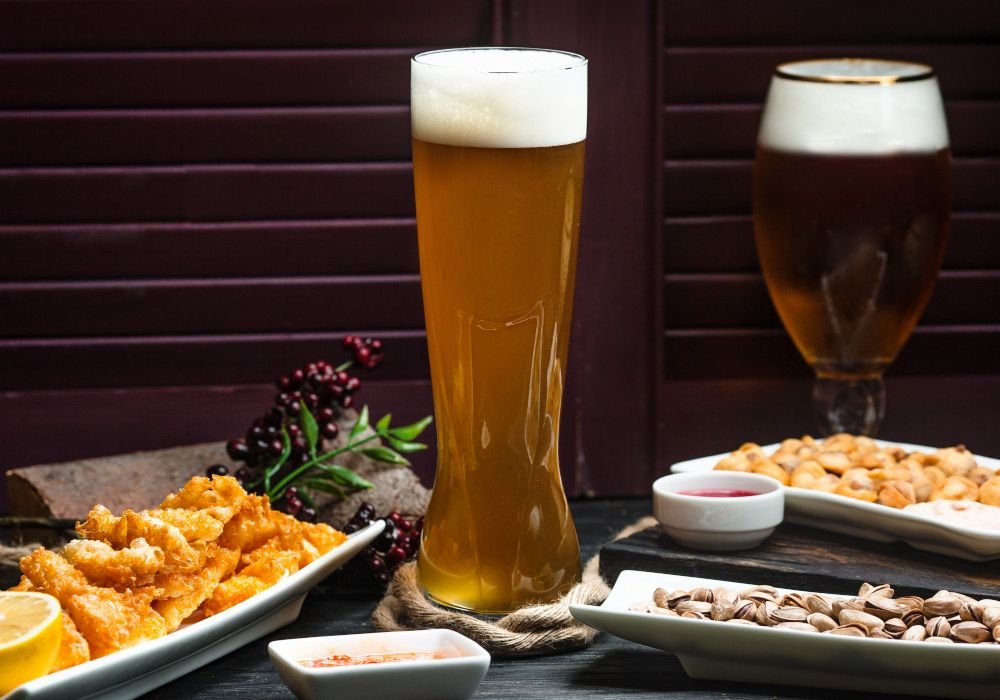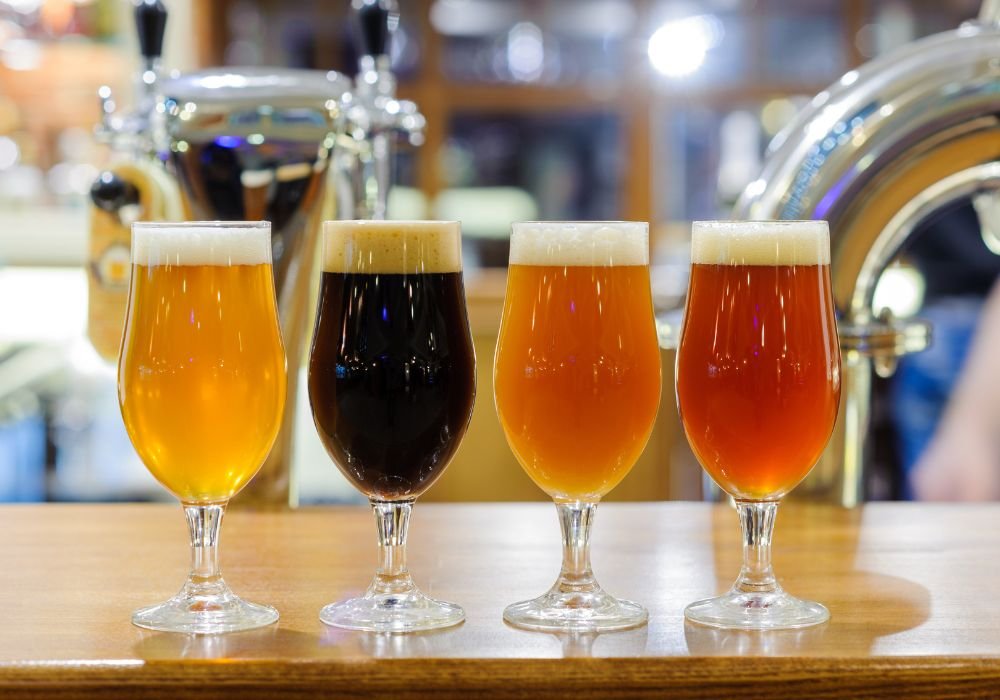Exploring the Beer Diversity Part 1: German Beer Styles

Germany, with its rich brewing heritage, stands as a beacon in the world of beer, celebrated for its commitment to quality, adherence to time-honored traditions, and a captivating spectrum of flavors. The German brewing culture has bestowed upon the world a diverse array of beer styles, each with its unique characteristics and historical significance.
From the iconic Hefeweizens with their fruity and spicy notes to the crisp and bitter German Pilsners, the nation’s beers are a testament to craftsmanship and precision. Whether savoring a malty Dunkel, a robust Doppelbock, or a tangy Berliner Weisse, each sip reflects a legacy dating back centuries. In this exploration of German-style beers, we delve into the intricacies of some prominent German beer styles:
Lager: A Global Favorite
Lager, alongside ale, reigns as one of the primary beer categories globally. What sets lagers apart is their use of Saccharomyces pastorianus yeast, which ferments at cooler temperatures and yields a cleaner, crisper taste compared to ales. Despite the broad spectrum of lager styles, they share a common thread of freshness and clarity.
Weissbier: Bavaria’s Wheat Ale
Weissbier, a quintessential Bavarian wheat ale, charms with its hazy appearance, frothy foam, and fruity-spicy flavors. Comprising at least 50% malted wheat, it features characteristic aromas of clove, banana, and sometimes bubble gum and smoke. Though traditionally bottle-fermented, modern practices vary.
Helles: Bavaria’s Golden Lager
Originating in Munich in 1894, Helles emerged as Bavaria’s response to Czech pilsners. With a more pronounced malt character and a sturdy body, Helles retains a gentle profile marked by cleanliness, easy drinkability, and a dry finish, making it a refreshing choice.
Doppelbock: The Monk’s Brew
Crafted by Paulaner monks in Munich, Doppelbock represents a robust iteration of traditional bock styles. With a rich malt sweetness balanced by subtle hop bitterness, these medium-bodied beers offer notes of bread and toasty elements, often with hints of caramel.
Märzen: A Taste of Oktoberfest
Märzen, closely associated with Oktoberfest, presents an amber hue with toasty malt aromas, crisp hop bitterness, and a medium body. Traditionally brewed in March and lagered until fall, Märzen embodies a festive spirit and a rich heritage.
Dunkel: The Dark Lager
Translated as “dark,” Dunkel boasts a rich, malty flavor profile with notes of caramel and chocolate. Smooth and easy to drink, it offers a delightful contrast to its lighter counterparts.
Rauchbier: Bavaria’s Smoky Brew
Rauchbier stands out for its smoky flavor, achieved by drying malted barley over an open flame. Associated with the town of Bamberg, this style offers a unique sensory experience cherished by beer enthusiasts.
Kölsch: Cologne’s Refreshing Gem
Originating in Cologne, Kölsch is renowned for its crisp drinkability and balanced malt and fruit flavors. Fermented with ale yeast but finished at cold temperatures like a lager, Kölsch embodies the best of both worlds, offering a light, refreshing character with a clean finish.
Gose: Leipzig’s Sour Delight
Originating from Leipzig, Gose delights with its slightly sour and salty profile, often accentuated with coriander. Fermented with lactobacillus bacteria, Gose presents a tartness complemented by subtle spice notes, making it a unique addition to Germany’s beer tapestry.
Germany’s beer culture stands as a testament to craftsmanship, innovation, and tradition. With an array of styles to suit every palate, German beers continue to captivate enthusiasts worldwide, inviting them on a journey of flavor and heritage with every sip.



